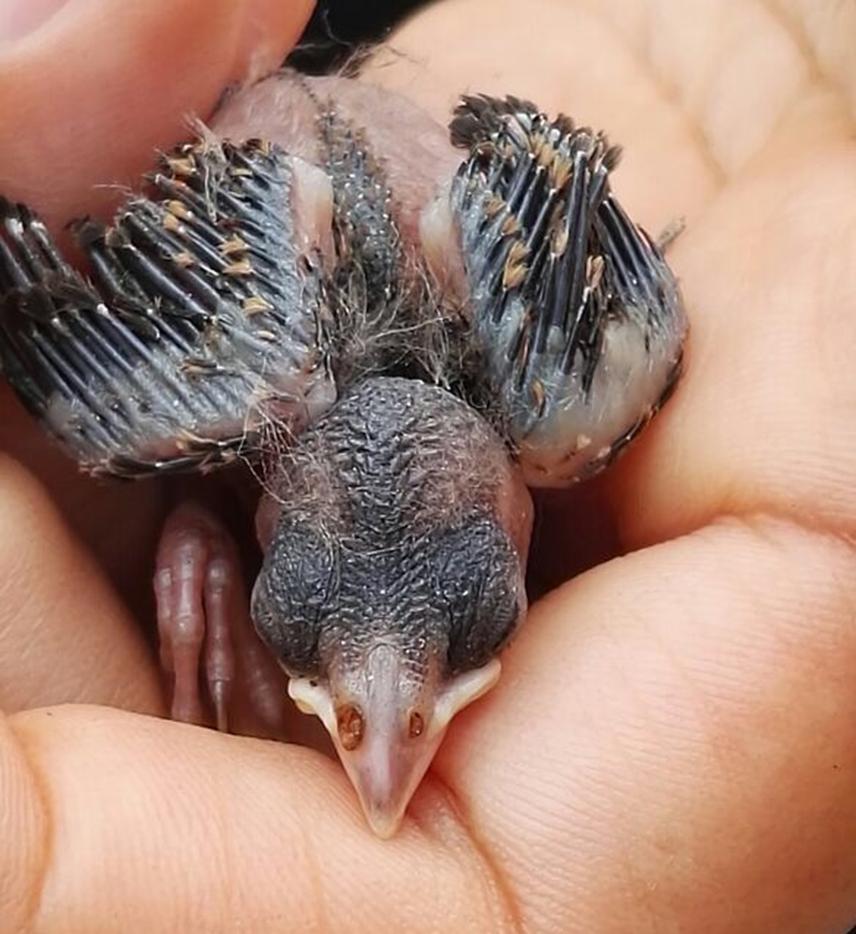Paola Lorena Carrion-Aviles
To test an alternative method to control the nest infestation of the parasitic fly (Philornis downsi) on the land birds of San Cristobal Island, Galapagos.

Introduced in the 60s, the parasitic fly Philornis downsi is nowadays one of the most serious threats to the land bird species in the Galapagos Islands. The blood-sucking larvae of this fly attacks the nestlings of 16 land bird species in Galapagos causing them malnutrition, beak malformations and mortality. Despite the continuous efforts of the scientific community, there is still not a widely applicable way to control P. downsi whilst Galapagos ecosystems are not suitable for the application of common control methods. The formic acid, a substance present in the Galapagos environments, has been used to control pests in other parts of the world and might work as an alternative method for controlling P. downsi parasitism. The aim of this project is determine whether the use of a formic acid-based solution on finch nests contribute to reduce the parasitism of Philornis downsi and thus improve the health condition of the nestlings inside them.
In 2015, a pilot study in San Cristobal Island with fly traps allowed us to detect the repellent effect of formic acid on P. downsi flies and the proper concentration of formic acid to be used later on with the bird nests. In the same year, a small trial with 10 finch nests suggested a positive effect of the formic acid in reducing the number of parasites per nestling/nest, and thus an improved health status of the nestlings. For 2017, this project aims to perform more trials with finch nests to confirm the results found in 2015, and additionally record the incubation and nesting process of different finch species to increase the information on the P. downsi parasitic behaviour and the land bird responses. Studying the use of alternative methods to control P. downsi contributes to the conservation efforts in order to protect endangered and unique bird species of the Galapagos Islands.